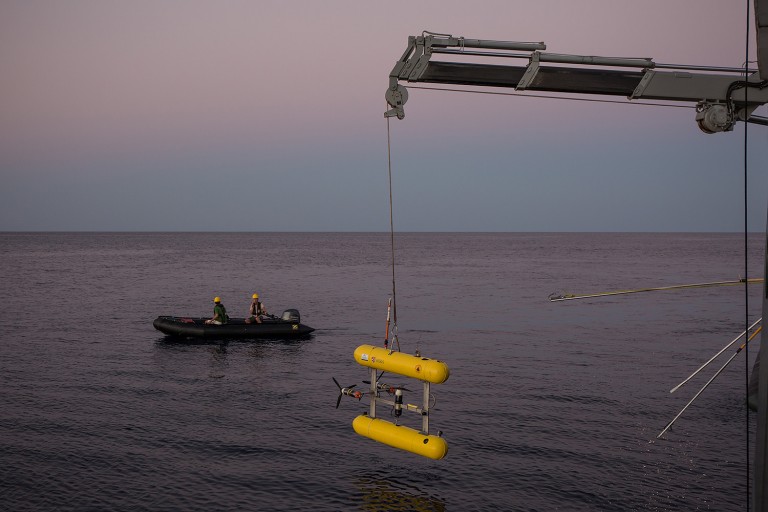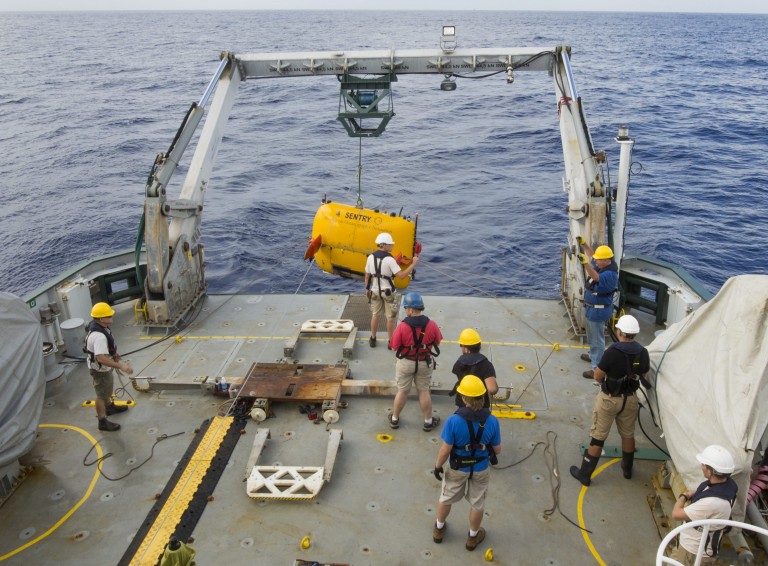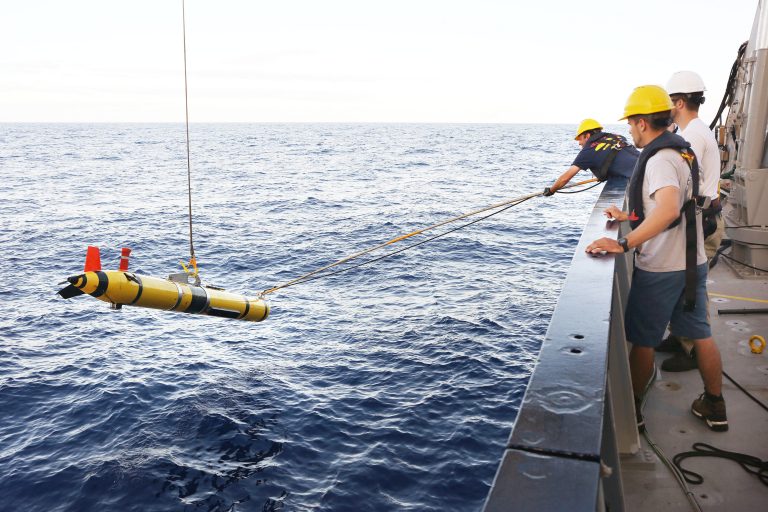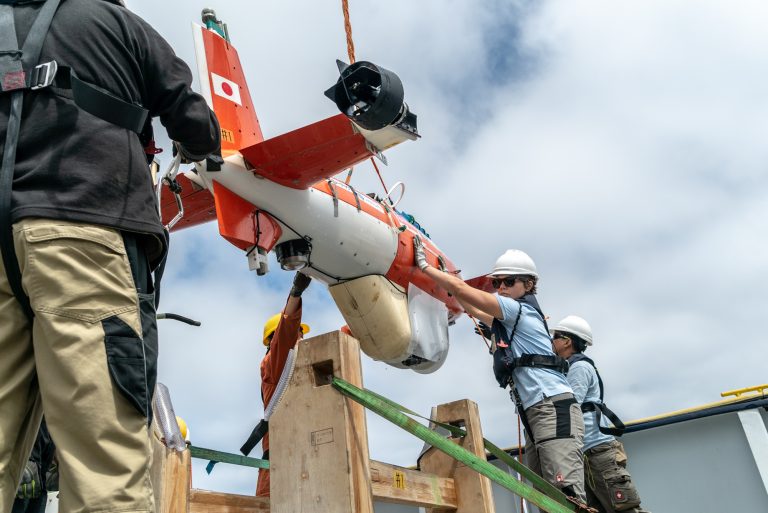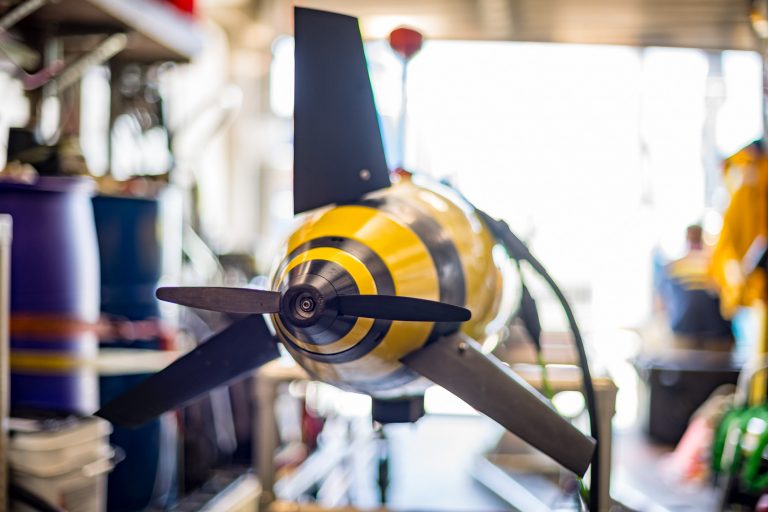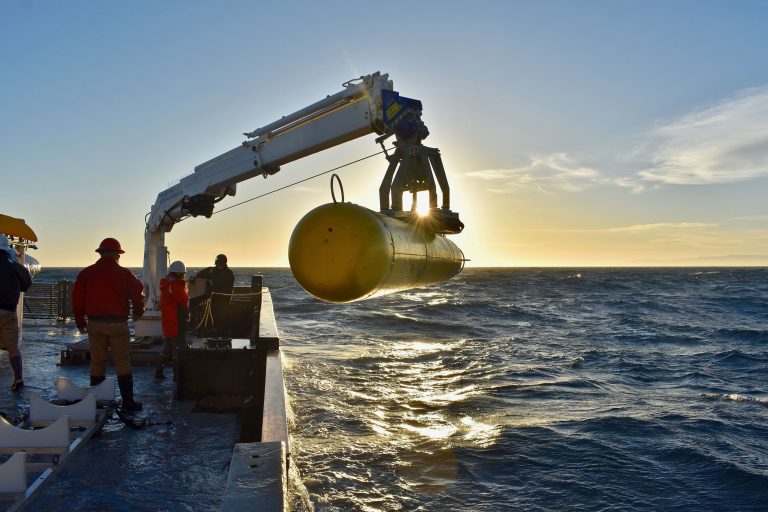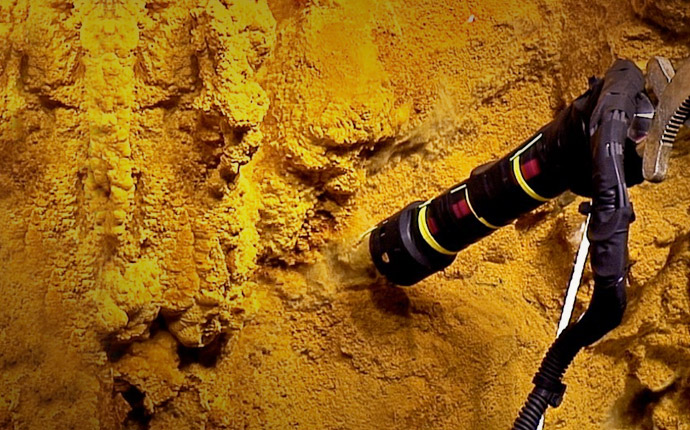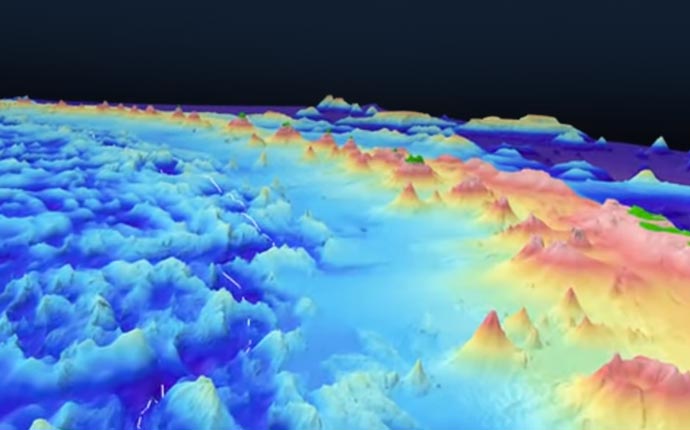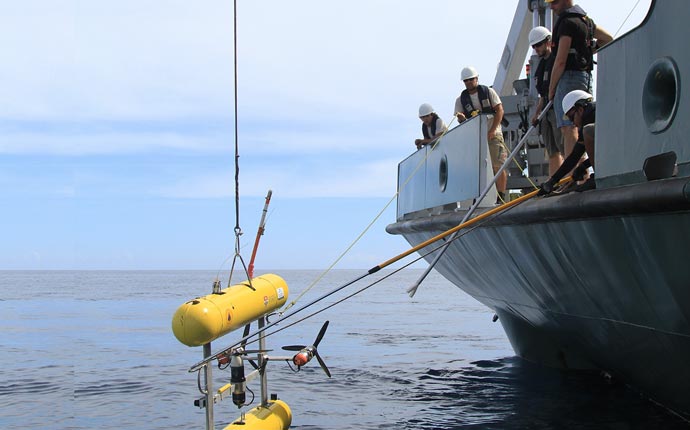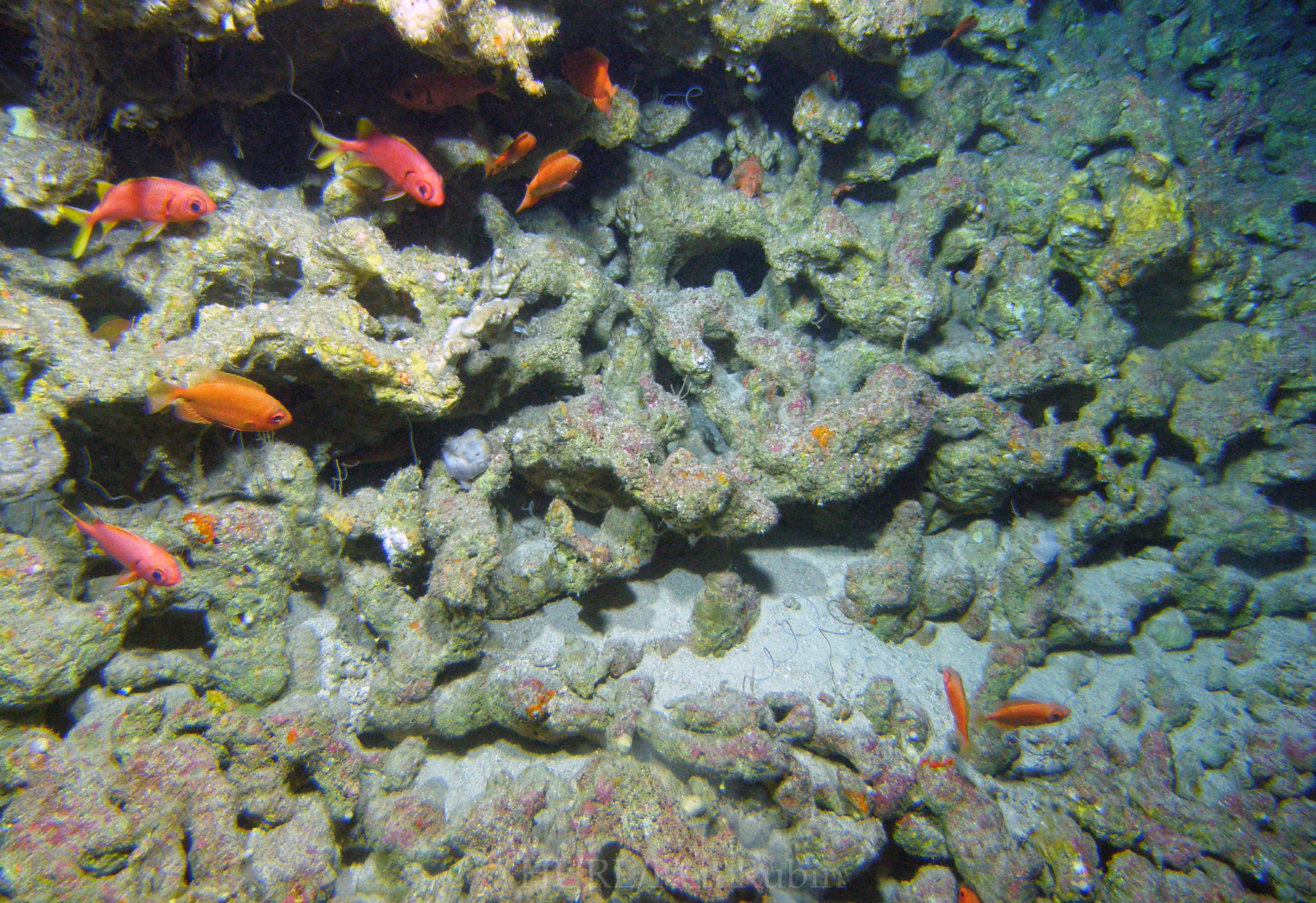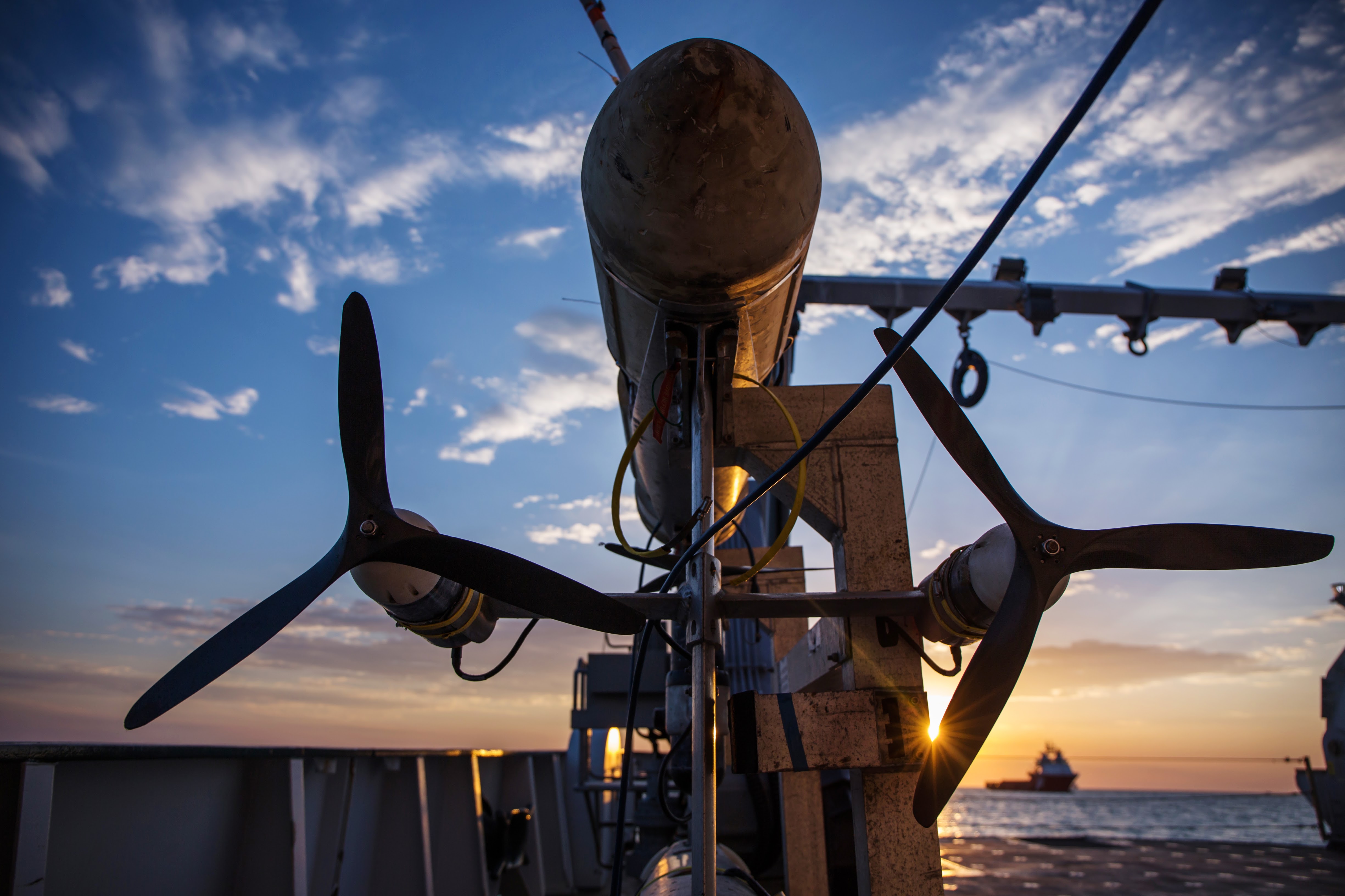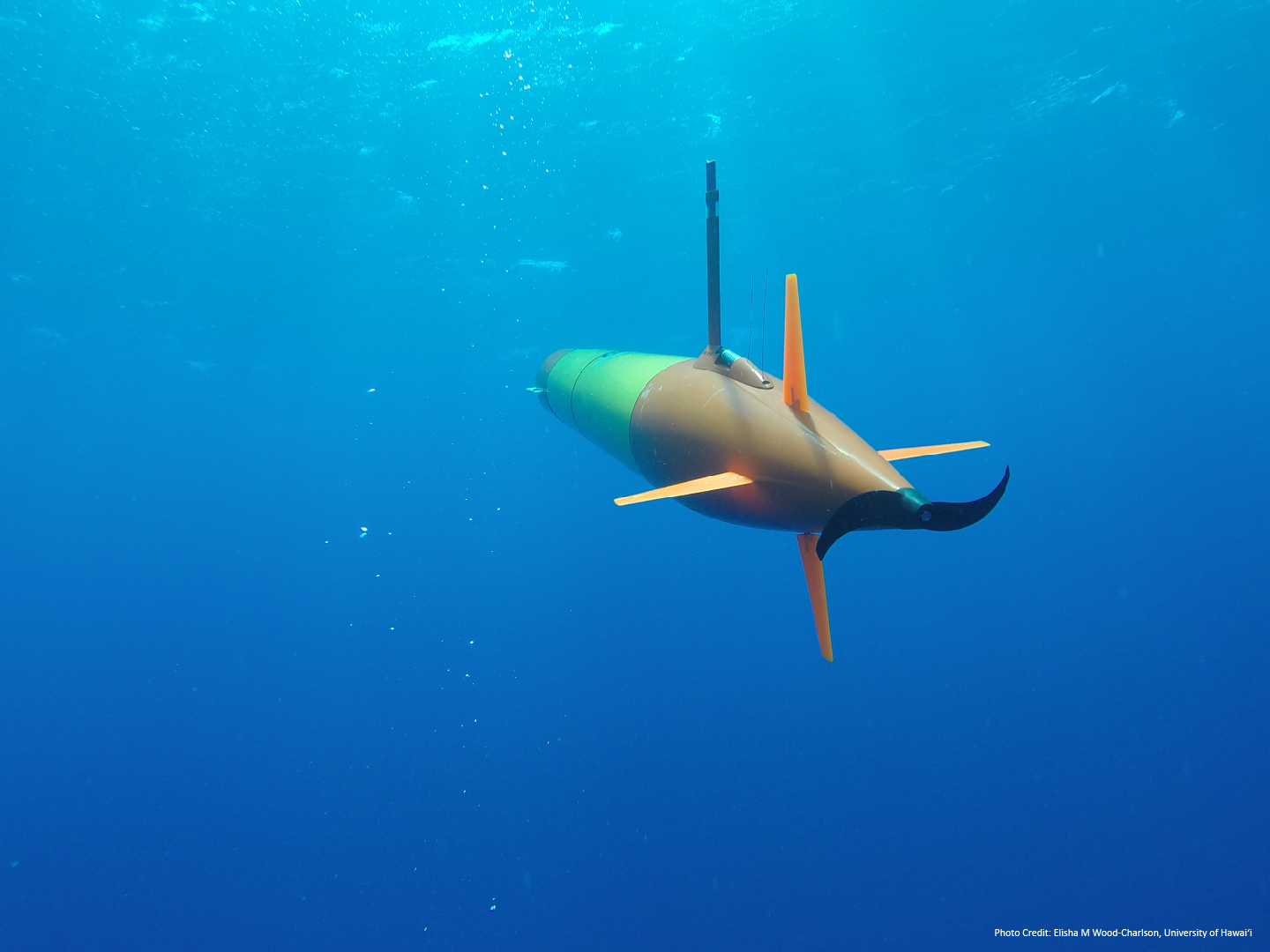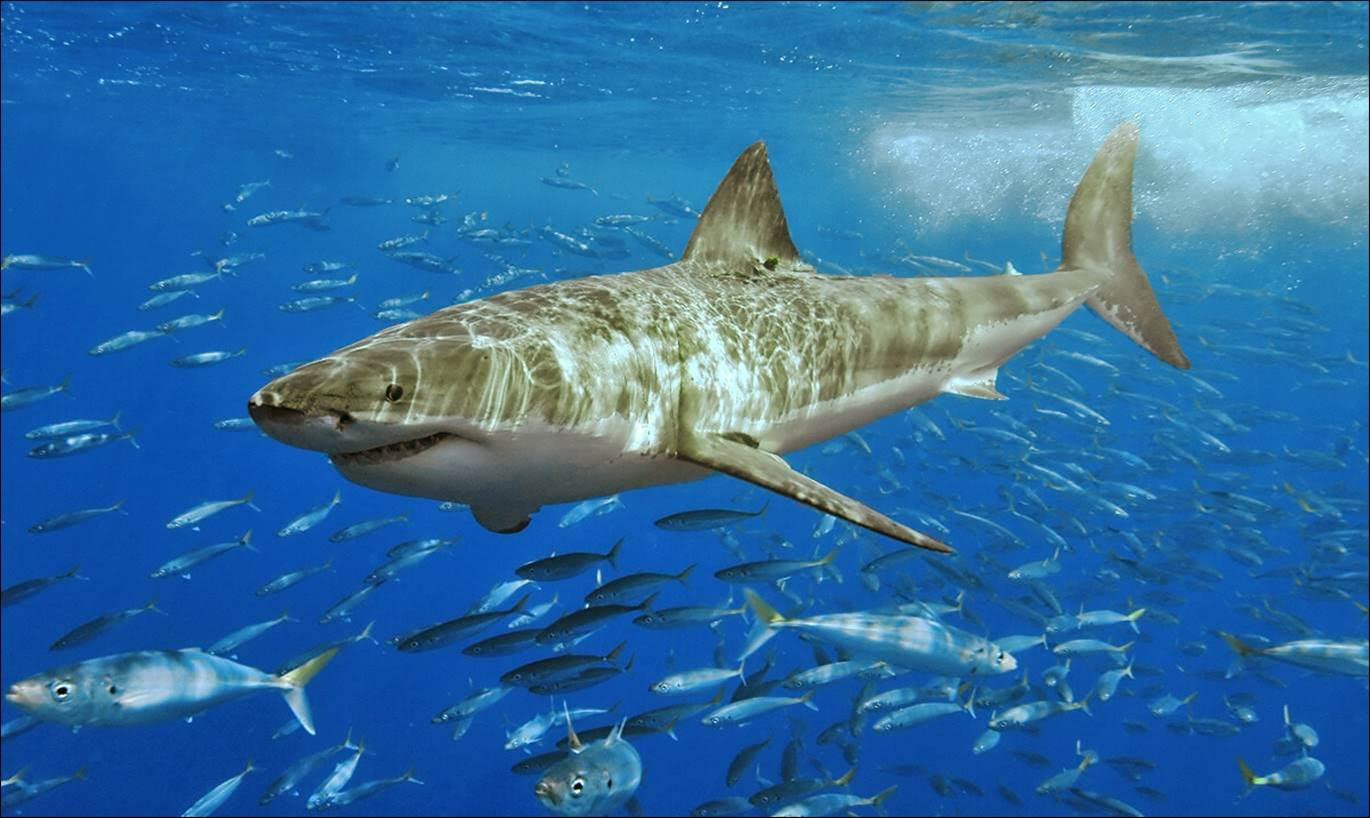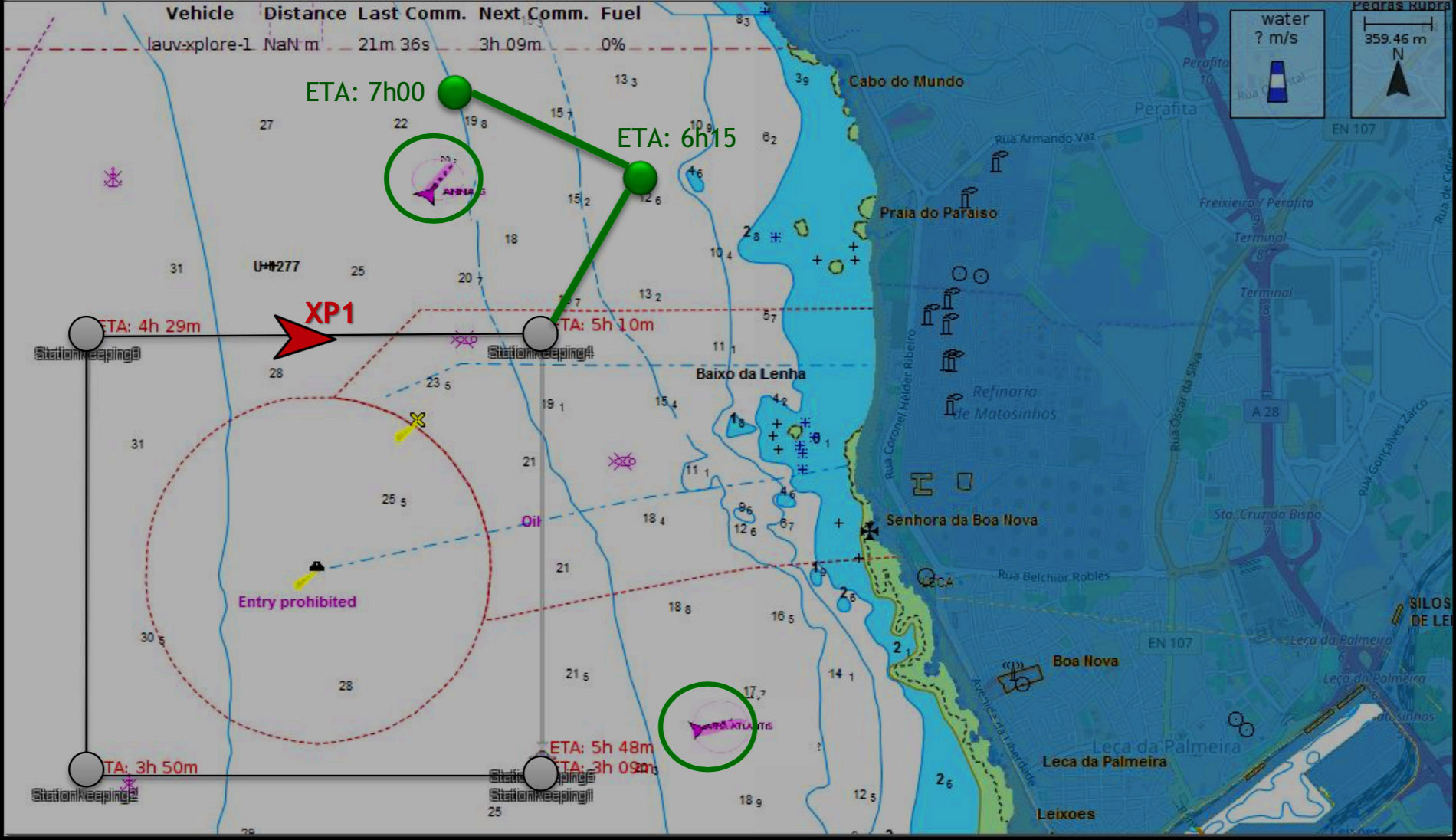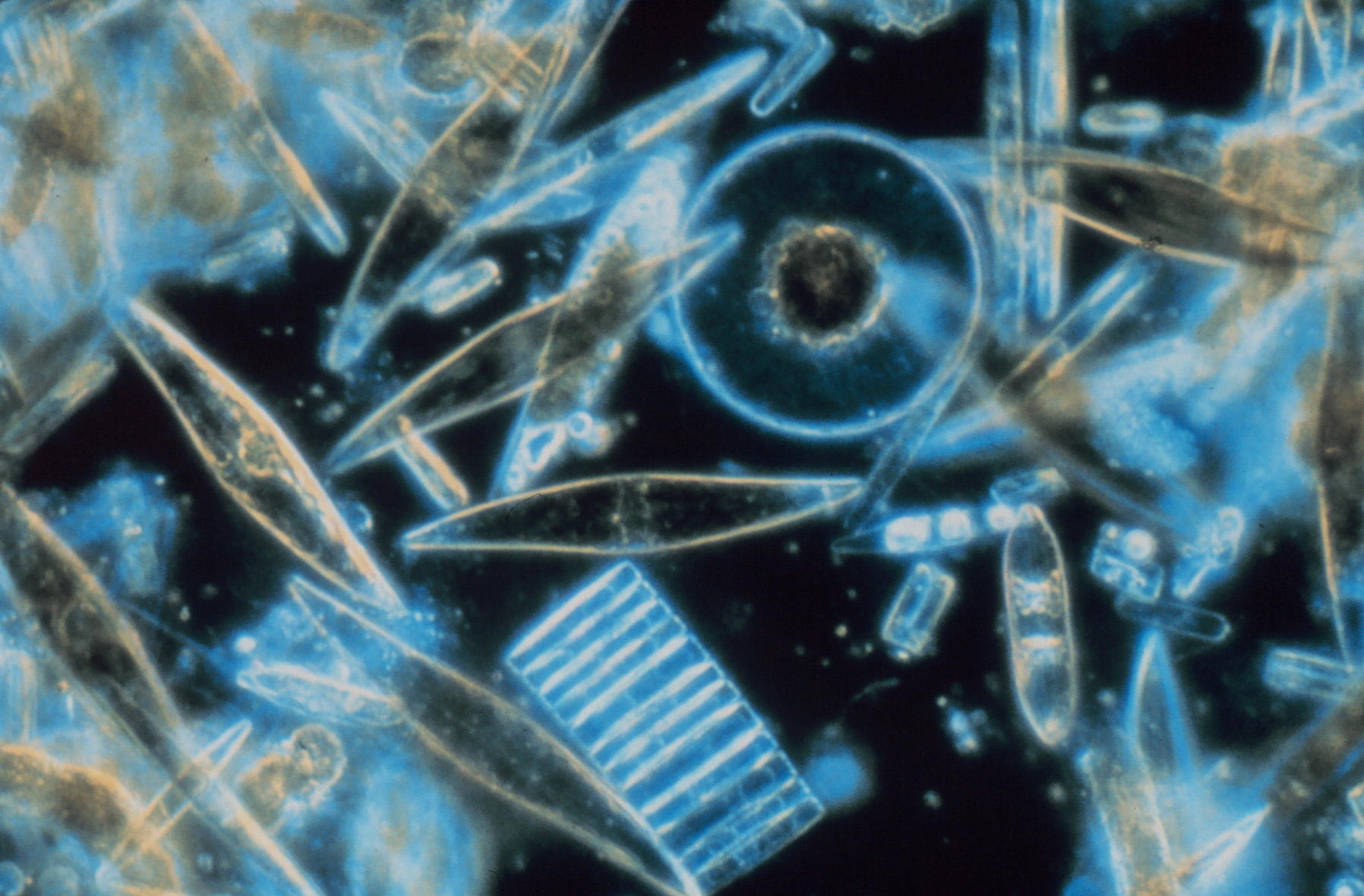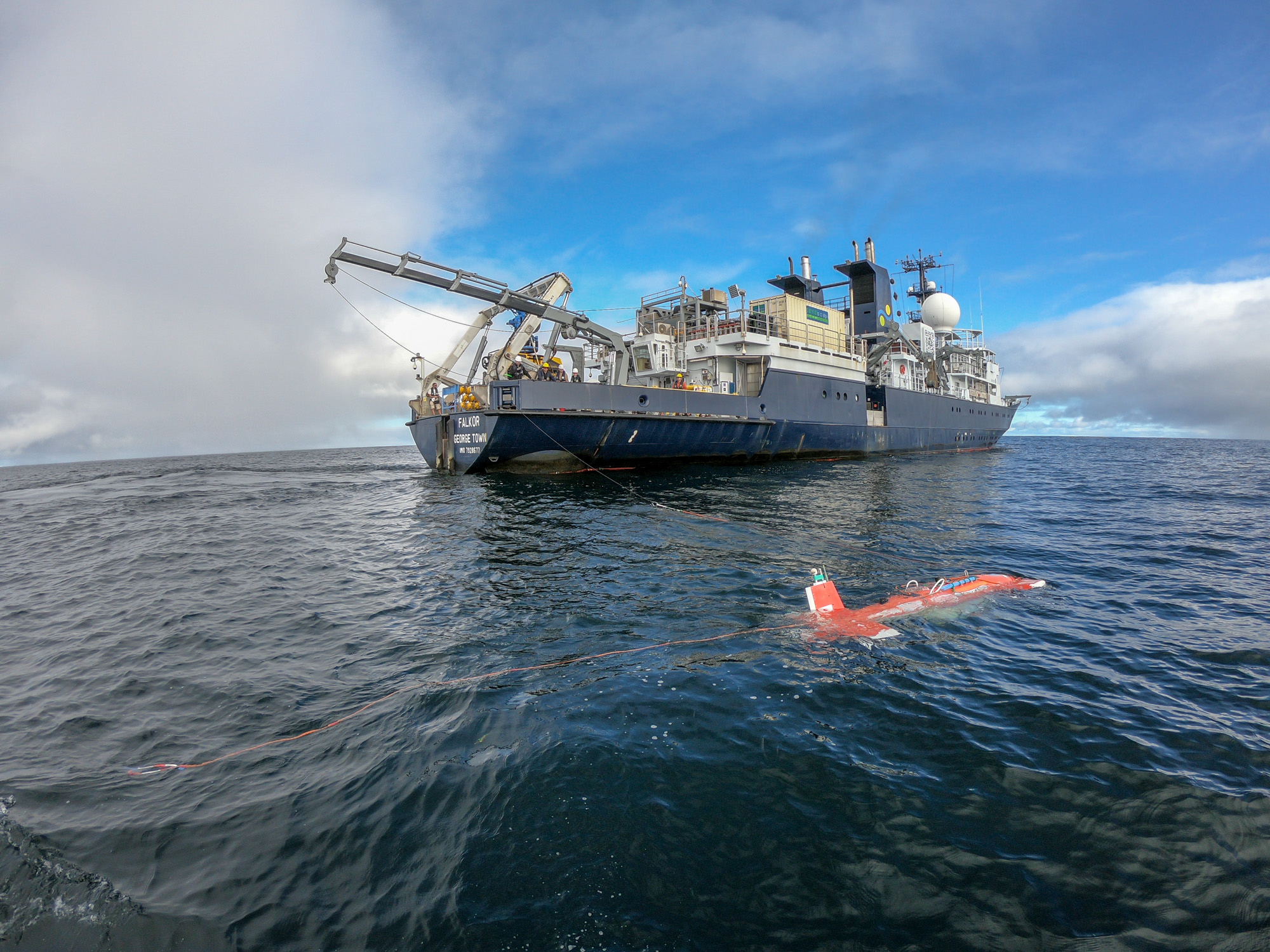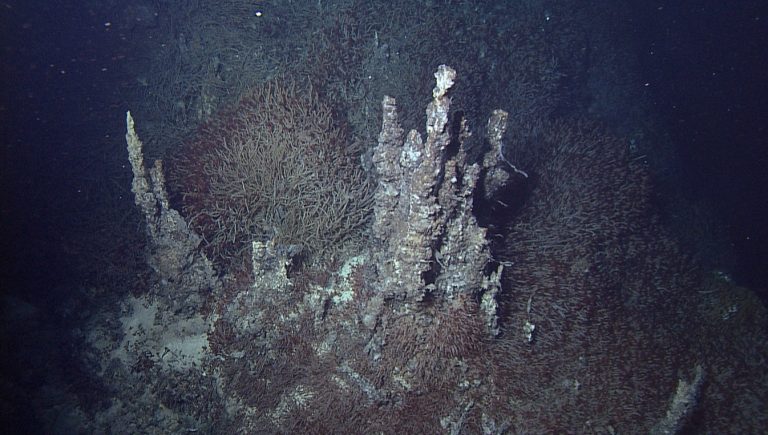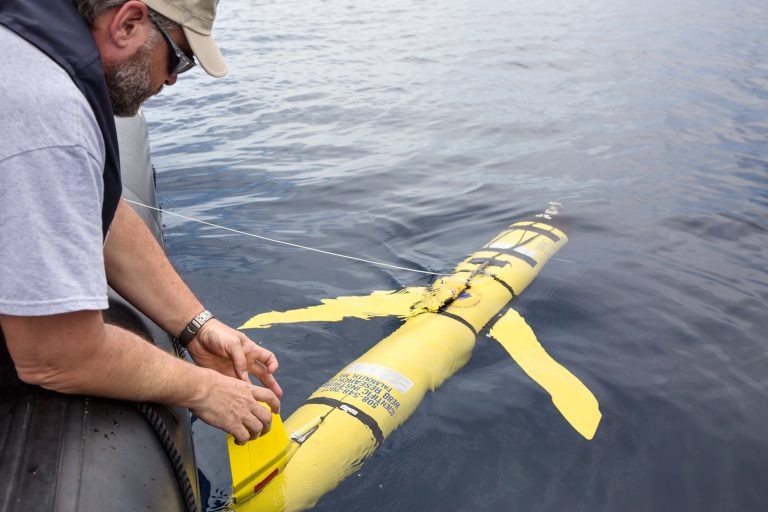Schmidt Ocean Institute has successfully operated several AUVs including Sentry, Iver, and Sirius.
Schmidt Ocean Institute and R/V Falkor are proud to support advanced and emerging research technologies such as Autonomous Underwater Vehicles (AUVs). These robotic, unmanned submarine platforms provide access to areas that may otherwise not be explored and act as force multipliers, allowing one ship to research a greater area than would otherwise be possible. Falkor has hosted numerous AUVs from commercially available systems, to units still in development where modifications are being made aboard the ship between dives. The future will likely see autonomous systems which can perform many research functions without the support of a ship at all. Schmidt Ocean Institute is excited to help bring about these exciting new technologies.
